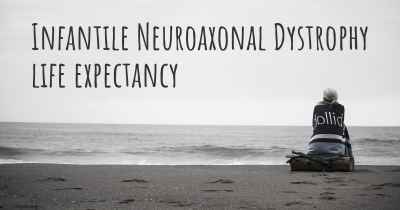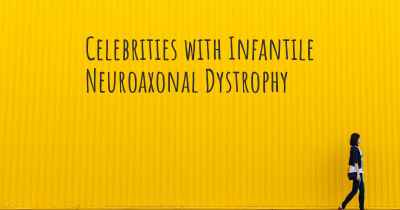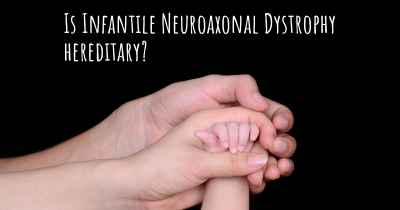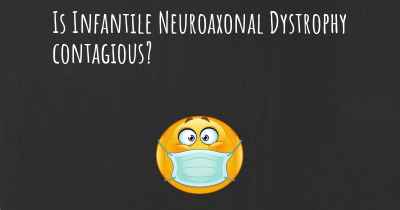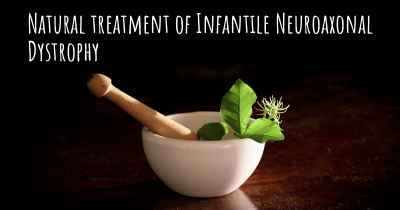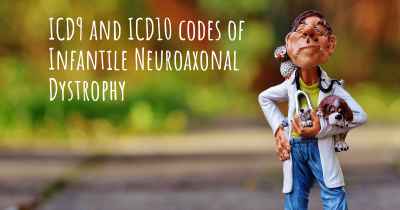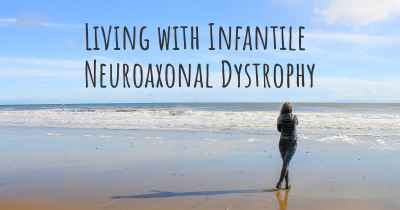Which are the symptoms of Infantile Neuroaxonal Dystrophy?
See the worst symptoms of affected by Infantile Neuroaxonal Dystrophy here
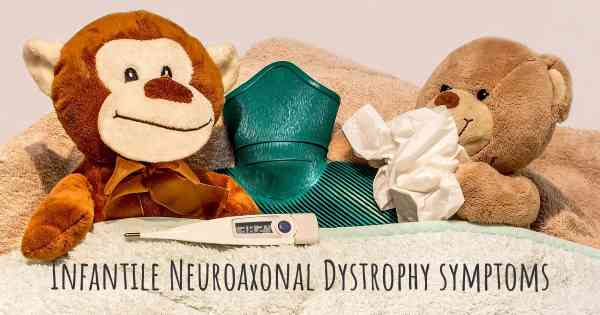
Infantile Neuroaxonal Dystrophy (INAD) is a rare, progressive neurodegenerative disorder that primarily affects infants and young children. It is characterized by the abnormal accumulation of axonal swellings in the nervous system, leading to the deterioration of nerve cells.
Symptoms:
1. Motor and developmental delays: Children with INAD often experience delayed motor milestones, such as sitting, crawling, and walking. They may also exhibit developmental delays in speech and cognitive abilities.
2. Hypotonia: Hypotonia, or low muscle tone, is commonly observed in infants with INAD. It can result in floppy limbs and difficulties with movement and coordination.
3. Visual impairment: Visual problems are a hallmark of INAD. Children may have difficulty with visual tracking, depth perception, and may experience progressive loss of vision over time.
4. Seizures: Seizures are a common symptom in INAD and can manifest in various forms, including generalized tonic-clonic seizures or focal seizures.
5. Spasticity: As the disease progresses, children may develop spasticity, which is characterized by increased muscle tone, stiffness, and involuntary muscle contractions.
6. Cognitive decline: INAD can lead to a decline in cognitive abilities, including memory, attention, and problem-solving skills. Children may experience difficulties with learning and intellectual disabilities.
7. Speech difficulties: Speech impairment is common in INAD, with affected children often having limited vocabulary, articulation problems, and difficulties with expressive and receptive language.
8. Behavioral changes: Children with INAD may exhibit behavioral changes, including irritability, aggression, hyperactivity, and social withdrawal.
9. Swallowing difficulties: As the disease progresses, swallowing difficulties may arise, leading to aspiration and an increased risk of respiratory infections.
10. Progressive neurologic decline: INAD is a progressive disorder, meaning symptoms worsen over time. Children may experience a decline in motor function, cognitive abilities, and overall neurological health.
It is important to note that the severity and progression of symptoms can vary among individuals with INAD. Early diagnosis and intervention are crucial in managing the symptoms and providing supportive care to affected children.
